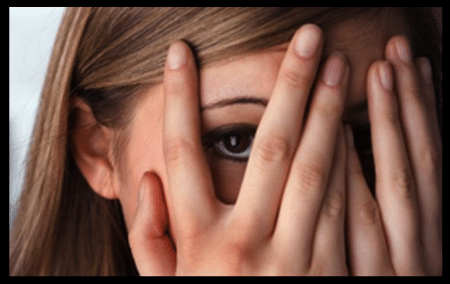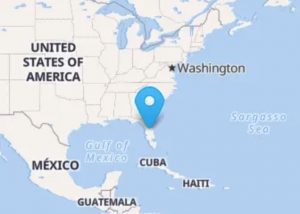To Call
Seeking out a residential school for your troubled girl? Our Central Florida residential treatment center for girls has much to offer.
If your daughter is struggling, you will want to find the best
treatment to help her. Providence Pass near Orlando helps
girls from across Florida.
- Beautiful Home & 20-Acre Ranch
- Individual, Family & Group Therapy
- Fun Recreational Activities
- Academics & Skill Building
- Equine Assisted Therapy

Self Harm in Teens
Understanding Self Harm in Teens is Common?
Self harm in teens can cover a range of things that people do to themselves in a deliberate and harmful way. Although cutting is the most common form of self-harm, other methods include head banging, hair pulling, burning and scalding, biting, scratching, stabbing, breaking bones, swallowing objects, self-poisoning and overdosing.
By injuring themselves, children and young people are asserting a form of self-control on their life which they feel is otherwise chaotic and meaningless. Self-harm is a way of coping and of channeling frustration and other strong emotions. In the vast majority of cases, it is not a suicide attempt, but rather a way to let off steam.
Apart from the physical symptoms of self-harm, there are other clues to watch out for if you are concerned about your child. Your child may seem very down and talk about being a failure or feeling unhappy. They may take to wearing many layers of clothes, or trying to hide or downplay injuries. Eating disorders and disrupted sleep patterns are both seen to be linked to self-harming.
The urge to self-harm can be very hard to resist and can become addictive. To recover and move forward, it is necessary to gain an understanding of the behavior and develop coping strategies to help deal with the situations and emotions that lead to self-harm.
Self-harm is not a form of attention-seeking. People who self -harm tend to do so in private and try their utmost to conceal their injuries. Neither do they self-harm to look cool or fit in with their peer group. Self-harm is a repeated reaction to emotional pain and distress and this continuous behavior is an indication of an underlying problem. With the right help and support you can help your child to come through this, and your relationship with them may even improve as a result.
Hard as it might be, parents need to put their own feelings to one side and concentrate on the reasons behind their child’s self-harm rather than the self-harm itself. It is normal to have real fears for your child. But the key is to open up communication and build trust so your child can talk to you about these underlying issues.
‘I’m terrified that my child will really hurt – or even kill themselves – by self harming.’
This is the most common fear expressed by parents. But experts and parents who have been through it say most self-harmers know exactly what they are doing and how far they need to go to find release/relief from their problems. However, the very nature of self-harming means that there is a risk that the child may go too far – and accidentally cause more harm than intended.
Is my child suicidal?
This is another huge worry for parents. But experts stress there is a distinct difference between self harming and suicide. Self-harm is the symptom, not the cause. There is always something else wrong.
What can I do to help a child who is self harming?
The problem isn’t the self-harm. The problem is that someone is distressed enough to do that in the first place.
Parents have to accept that their child might not want to talk to them about it and may never give an explanation. However, if your child does confide, don’t dismiss or trivialize their worries.
If your child is engaging in self harm, and you feel it is more than you are able to handle without professional care, this is not the time to sit back. Your child needs help and is silently calling out for help. Call us today to see if Providence Pass may be the answer to bring complete wholeness and well-being to your daughter’s life. There is hope. Do not give up!
Resource: Familylives.org
Accepting 3 Applications Immediately

Who We Are
Upward Bound provides a compassionate environment that nurtures the cognitive, emotional, and social development of struggling adolescents within a therapeutically supportive and educational community. Our facility includes private therapy offices for individual or family counseling, an intimate but modern group therapy room, indoor/outdoor interaction spaces, state-of-the-art technology, and educational tools to give at-risk girls the opportunity to heal and grow from past traumas.













